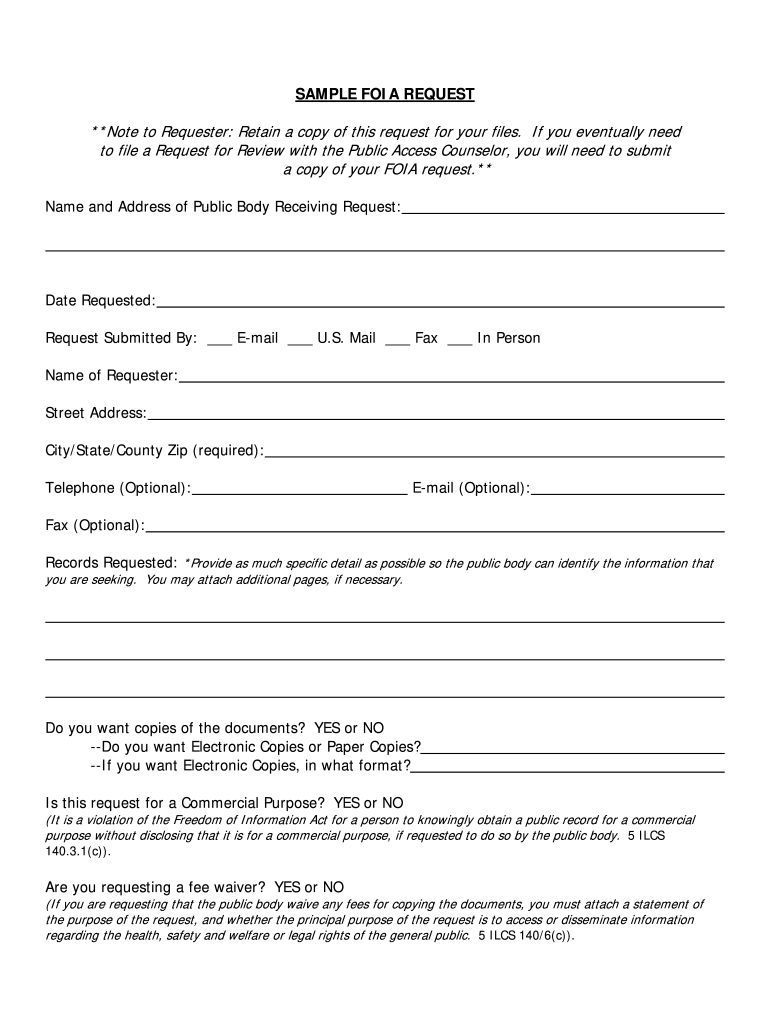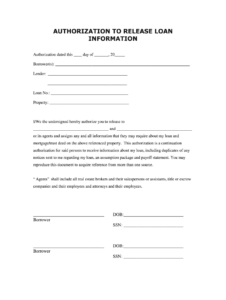Leveraging such a resource can streamline the process of obtaining public records, saving time and effort. Well-designed forms guide requesters through the necessary steps, minimizing potential errors or omissions that could delay the release of information. This can be especially helpful for those unfamiliar with the intricacies of information access laws.

This structured approach to information requests provides a foundation for understanding broader topics related to transparency, public records access, and government accountability. Exploring these areas can shed light on the importance of open government and the role of citizens in holding institutions accountable.
Key Components of a Standard Information Request Form
Effective requests for government-held information often utilize standardized forms to ensure clarity and completeness. These key components facilitate efficient processing and increase the likelihood of a successful outcome.
1: Requester Information: Clear identification of the individual making the request, including full name, address, and contact information, is crucial for communication and delivery of requested materials.
2: Agency Identification: Precisely identifying the government agency holding the desired records is essential for routing the request correctly.
3: Description of Records: A detailed and specific description of the requested records is paramount. Vague or overly broad requests may be denied or significantly delayed. Providing dates, titles, file numbers, or other identifying information increases efficiency.
4: Request Format: Specifying the preferred format for receiving the records (e.g., electronic copy, paper copy) helps expedite the delivery process.
5: Fee Waiver Request (Optional): If applicable, requesters may include a justification for a fee waiver based on public interest or other qualifying criteria.
6: Signature and Date: Formalizing the request with a signature and date demonstrates a commitment to the process and provides a record of the request initiation.
Careful attention to these components ensures efficient handling of information requests and promotes transparency in government operations. Accurate and complete submissions contribute to a smoother process for both the requester and the agency responding to the request.
How to Create a Freedom of Information Act Request
Crafting a successful request involves careful attention to specific elements. A well-structured request increases the likelihood of a timely and complete response from the relevant agency.
1: Identify the Correct Agency: Determine the specific government agency holding the desired records. This initial step is crucial for proper routing and efficient processing.
2: Specify the Requested Records: Provide a clear and concise description of the information sought. Include specific dates, titles, file numbers, or any other relevant identifying details. Avoid vague or overly broad language.
3: Choose a Request Format: Indicate the preferred format for receiving the records, such as electronic copies, paper copies, or other available options. This helps expedite delivery and ensures compatibility with the requester’s systems.
4: Utilize a Template (Recommended): Employing a standardized template helps ensure all necessary information is included. Templates often provide helpful prompts and guidance, reducing the risk of errors or omissions.
5: Submit the Request Officially: Follow the agency’s specified submission procedures. This may involve online portals, mail, fax, or other designated methods. Retain a copy of the submitted request for future reference.
6: Consider Fee Implications: Be aware that agencies may charge fees for processing requests. Explore potential fee waivers if applicable, particularly for requests related to public interest matters.
7: Follow Up (If Necessary): If a response is not received within the expected timeframe, follow up with the agency to inquire about the status of the request. Maintain a record of all communications.
Meticulous preparation and attention to detail facilitate efficient processing and contribute to successful acquisition of government-held information. Clear communication throughout the process promotes transparency and ensures timely access to public records.
Standardized forms for requesting government information play a crucial role in facilitating transparency and accountability. Utilizing these templates simplifies the process for requesters while ensuring compliance with legal requirements and promoting efficient handling by agencies. Understanding the key components of these forms, such as precise record descriptions and agency identification, empowers individuals to effectively exercise their right to access public information.
Access to government information is a cornerstone of a well-informed citizenry and a functioning democracy. Leveraging available resources, such as established request templates, strengthens this fundamental right and fosters a more open and transparent government. Continued emphasis on efficient information access mechanisms is essential for maintaining public trust and ensuring government accountability.

